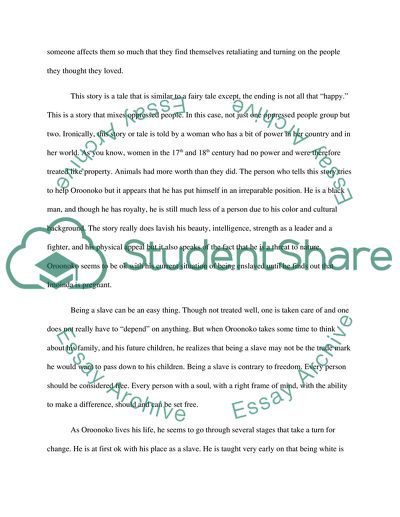Cite this document
(“The role of Violence in Aphra Behn's Oroonoko Essay”, n.d.)
Retrieved from https://studentshare.org/literature/1418601-the-role-of-violence-in-aphra-behns-oroonoko
Retrieved from https://studentshare.org/literature/1418601-the-role-of-violence-in-aphra-behns-oroonoko
(The Role of Violence in Aphra Behn'S Oroonoko Essay)
https://studentshare.org/literature/1418601-the-role-of-violence-in-aphra-behns-oroonoko.
https://studentshare.org/literature/1418601-the-role-of-violence-in-aphra-behns-oroonoko.
“The Role of Violence in Aphra Behn'S Oroonoko Essay”, n.d. https://studentshare.org/literature/1418601-the-role-of-violence-in-aphra-behns-oroonoko.


